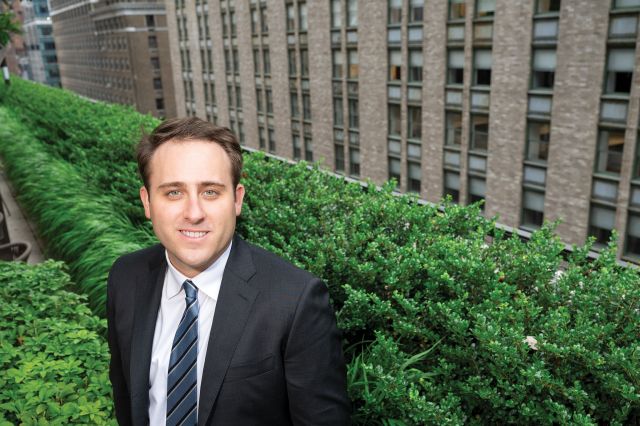
Shuo Tang, 33
Project architect at Fogarty Finger

Shuo Tang developed a love for architecture in his native China before earning a master’s in advanced architectural design from Columbia.
“Growing up, I could see construction and development all around me,” said Tang. “That really excited me, and I wanted to get involved in this process. There are so many different kinds of geometry and design in architecture. It’s something I always appreciated, from European churches to more contemporary styles.”
Tang received his undergraduate architecture degree from Zhejiang University in Hangzhou, China, and did architectural internships at Naturalbuild in Shanghai and !Melk in New York before joining Fogarty Finger in 2018.
One major project Tang has worked on for Fogarty Finger is Nevins Landing, a 621,400-square-foot, mostly residential project in Gowanus, Brooklyn.
Tang emphasizes several design elements intended to bond the project to the surrounding community. Given the vast amount of space on the property between its two towers, an arcade was designed — think arches, not video games — as a community gathering space. And several of the building’s architectural elements were intended to recall the area’s deep industrial history.
“We always create tenant-friendly buildings, but for this we wanted to go a step further to create a neighborhood- and community-friendly building,” said Tang. “We also wanted to respect the famous industrial history of Gowanus. There are a lot of art elements in the historical buildings there. We wanted to bring that element into our building. So you can see arch windows for the residential units, and an arch storefront on the ground floor.”
Tang has also worked on Hanover House, a 34-story mixed-use project in Downtown Brooklyn.
He looks forward to continued innovations with more projects that enhance communities.
“Things develop so fast that I can’t even imagine what the world will be in five years, especially with AI,” said Tang. “I want to continue with the company’s design philosophy of being tenant-friendly, community-friendly and also developer-friendly, and I don’t want us to repeat ourselves. We want to have innovative elements in every building we design.”


